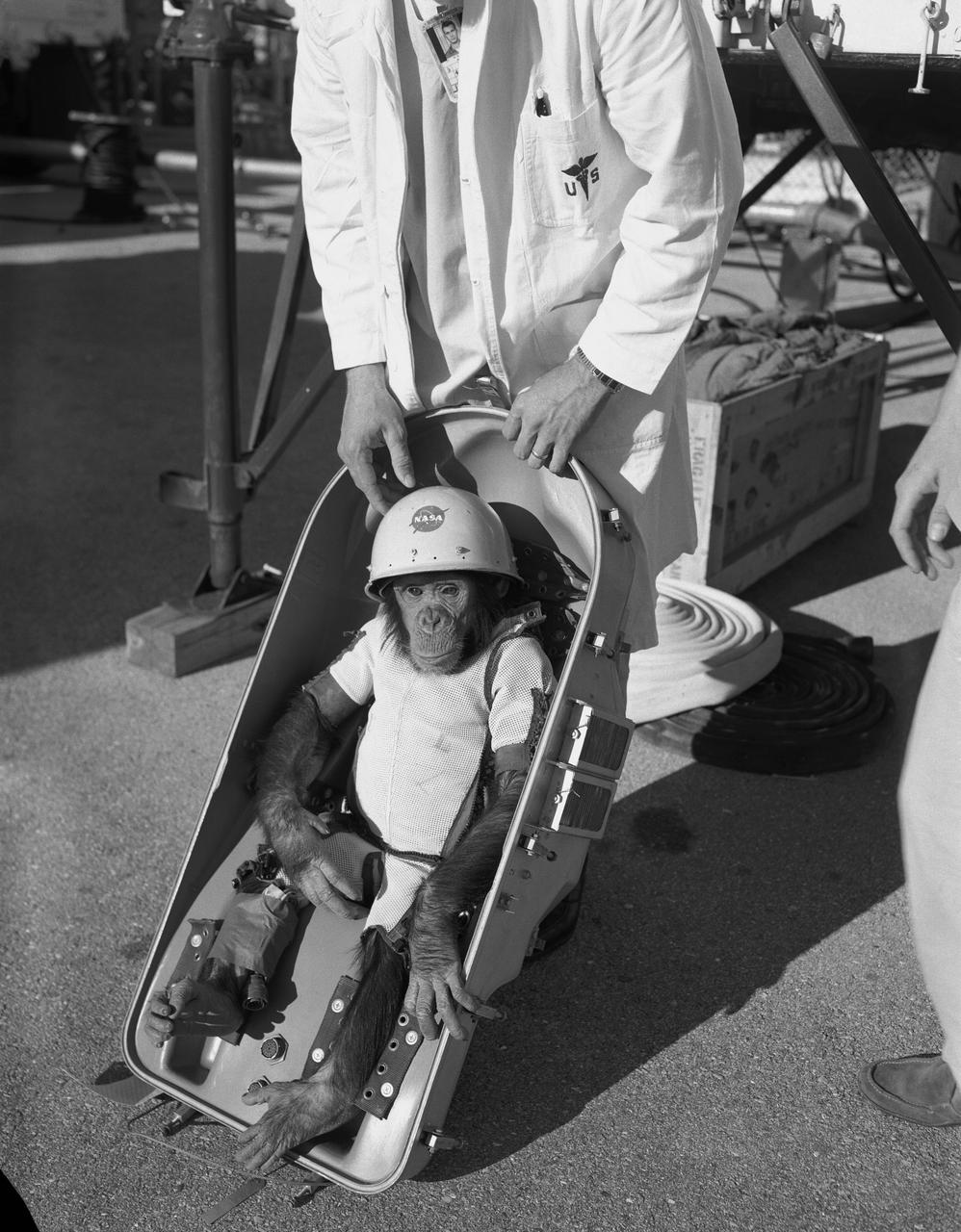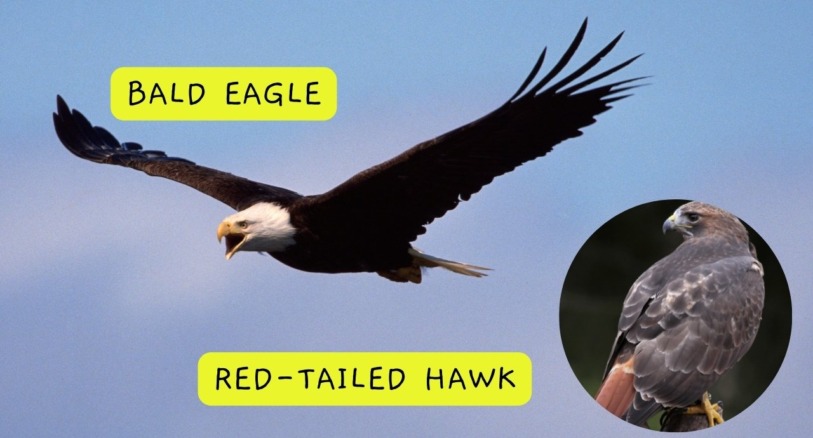By David Brown
Humans have been going into space since 1961, when the Russian astronaut Yuri Gagarin blasted into orbit. (Gagarin was a cosmonaut, which is what astronauts from what was then the Soviet Union, now Russia, were called.) A few weeks later, American astronaut Alan Shepard became the second human in space. Since that time, hundreds of humans have visited outer space.
Humans are not the only species to experience space. Before scientists sent humans into space, they launched several other species to test whether space travel was even possible. In fact, a whole zoo of animal species has traveled into space since the 1940s.
1. Send the fruit flies first

In 1947, scientists packed several fruit flies onto a rocket and sent it up 109 kilometers (68 miles). A common definition of where outer space begins is 100 kilometers (62 miles), so fruit flies officially became the first animals in space. The fruit flies did their job and came back alive, suggesting that people might also survive in space, with proper protection.
2. Monkeying around in space
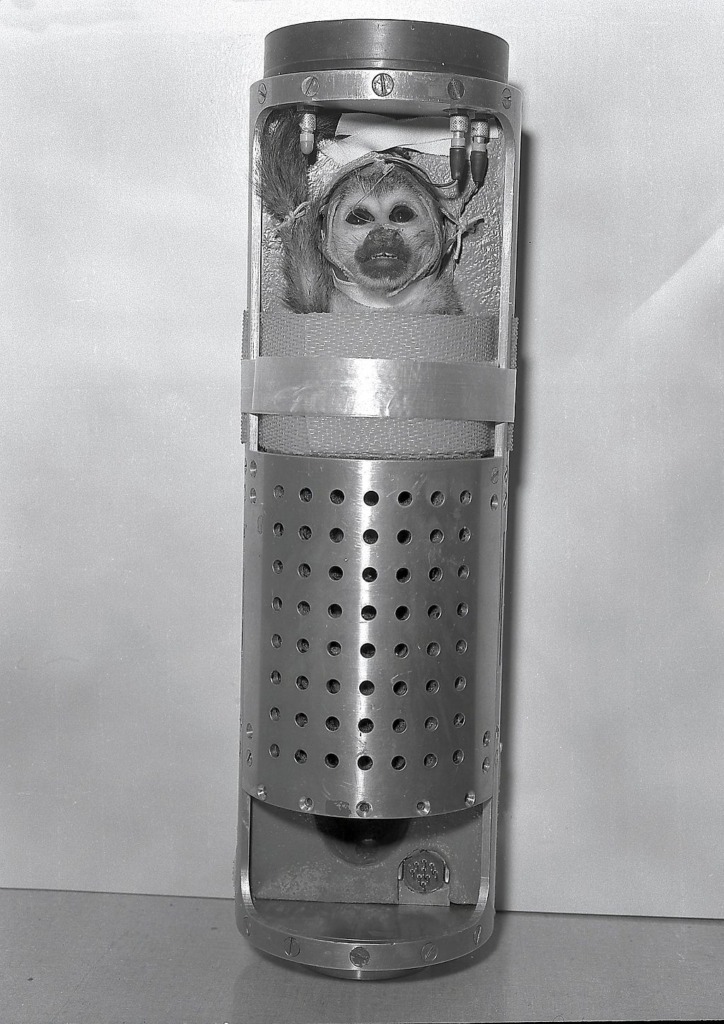
In 1949, a rhesus macaque named Albert II became the first monkey in space. Scientists were monitoring his heart and respiration as he flew into space to get an idea of what might happen to people. Albert II survived the trip to space and back down to Earth fine. The problem happened when his space capsule’s parachute did not open, and he went SPLAT when his capsule hit the ground.
Miss Baker, a squirrel monkey, had a happier trip to space and back than Albert II. She went up to space in 1959, wearing a special little monkey space helmet and jacket. Scientists measured Miss Baker’s heart rate, breathing, and body temperature, and how the space flight affected them. Miss Baker had a safe flight and landed back on Earth with no problems. She lived for another 25 years after her space adventure, passing away in 1984 at the ripe old age of 27. She was the longest-lived squirrel monkey known at the time of her death.
In 1961, a few months before the first humans went into space, a young chimpanzee named Ham took a 16-minute-long space flight. He was trained to pull levers while in the space capsule. His tasks tested if people would be able to perform similar tasks in space. Ham passed the test. After his space flight, Ham lived at the Smithsonian National Zoo in Washington, D.C., as a celebrity space chimp. He died in 1983.
3. The tortoise beats the hare again
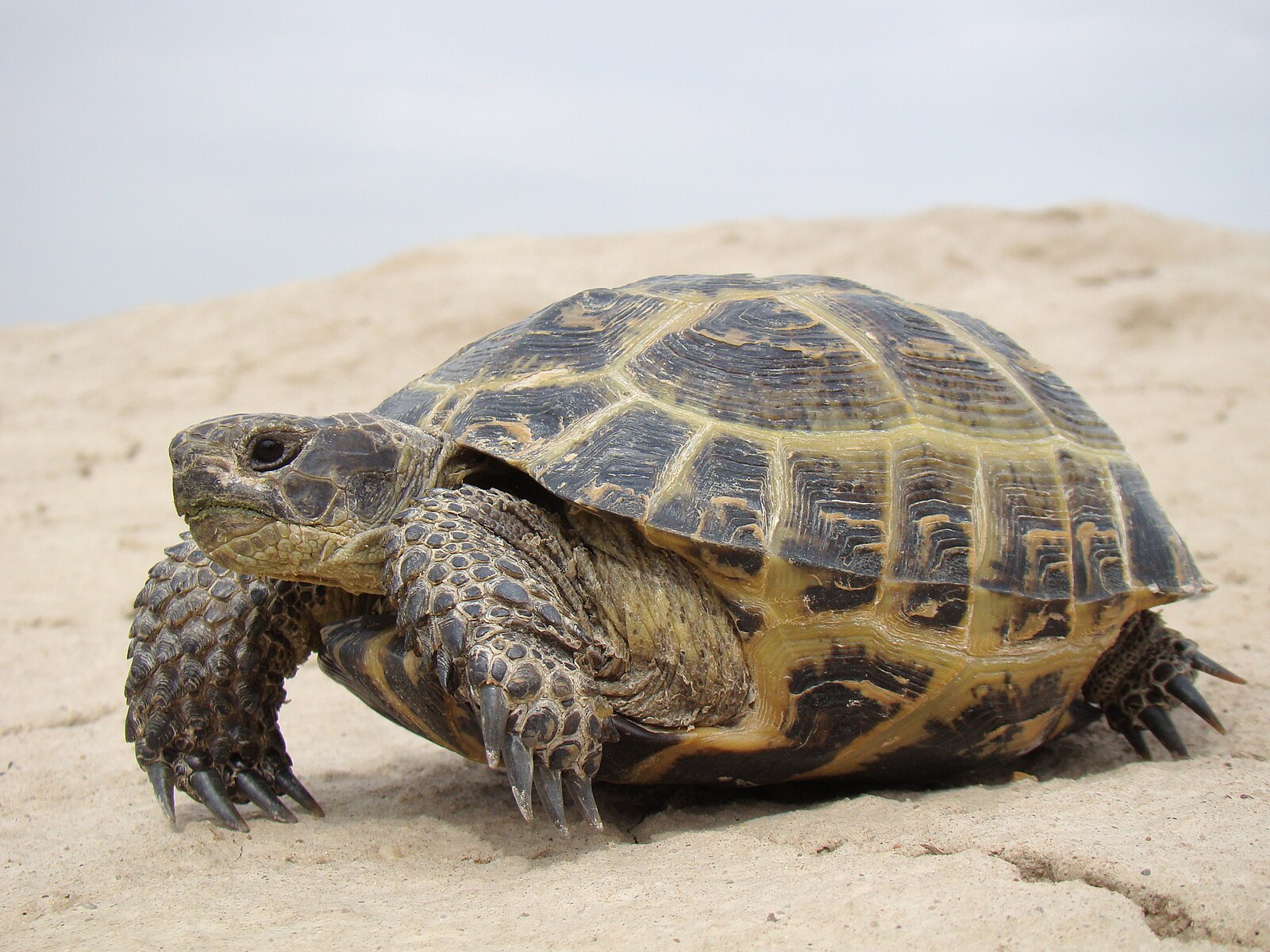
In 1968, the Soviet Union sent two Russian tortoises on a trip around the moon and back to Earth on the Zond 5 rocket. The tortoises were there to test how cosmic radiation affected the physiology of living things. While the tortoises made it home alive, they had lost 10% of their body weight. They were apparently more affected by being hungry than by going where no tortoise had gone before.
4. Let’s visit the Space Aquarium
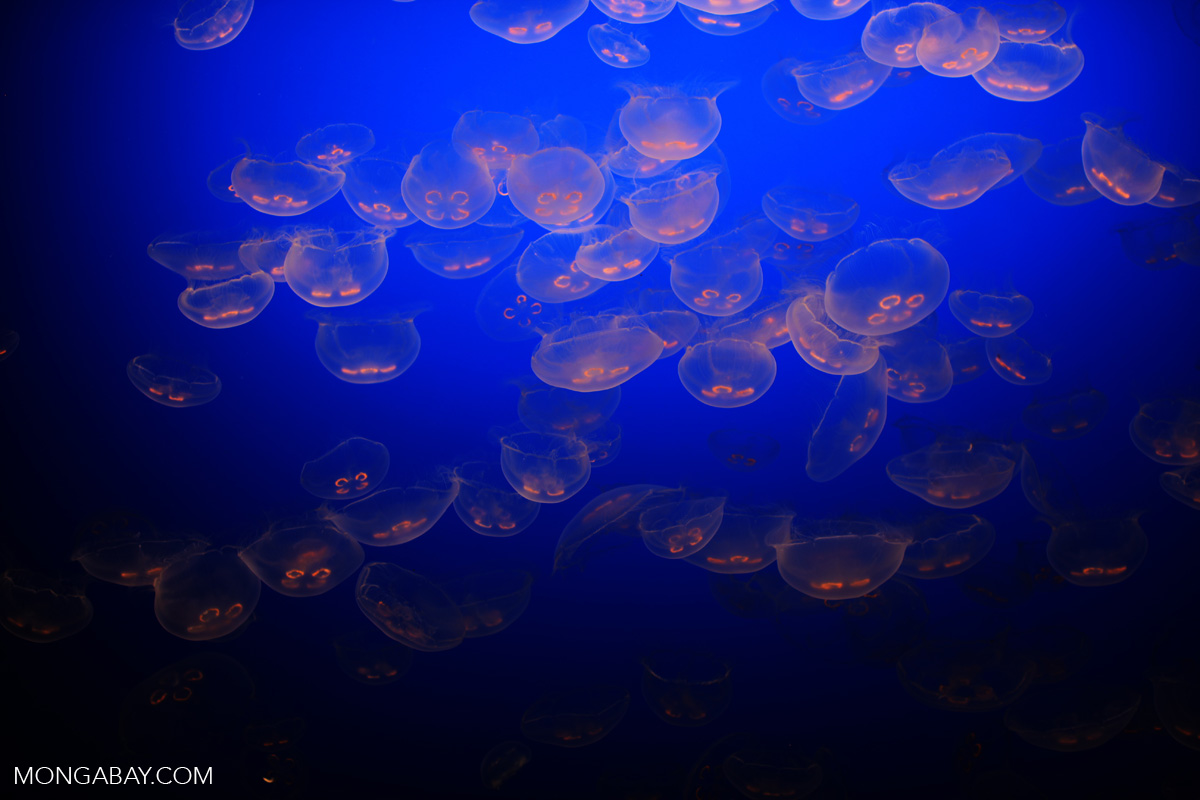
In 1991, the space shuttle Columbia carried thousands of baby moon jellies. The purpose of the project was to see how baby jellies, also called polyps, would grow and develop without gravity. By studying these jellies, scientists hoped to learn how microgravity affects animals, which can help us understand how long space trips might affect people. By the end of the mission, shuttle astronauts were caring for 60,000 baby jellyfish.
5. Why did the space chicken cross the road?
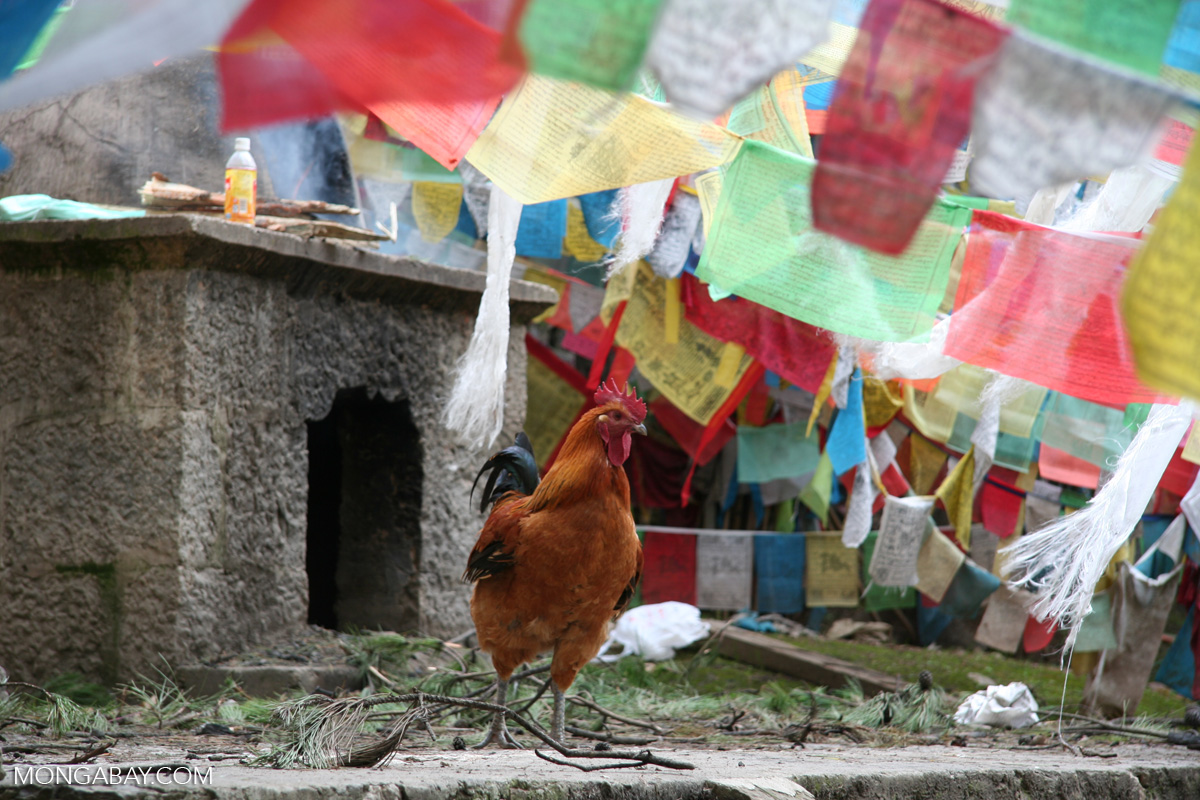
In 2002, China launched a satellite with nine chicken eggs in an automated incubator. The chicken eggs were incubated in Earth orbit for one week, and then returned to Earth. Several “space chickens” successfully hatched from the eggs. The purpose of the mission was to test life support systems for animals that might be used as food on future long-term space voyages.
6. Why should humans have all the fun in space?
On the Muppet Show and now online, pigs explore what lies beyond our home planet in “Pigs in Space.” Their space voyages may only be imaginary, but don’t tell Miss Piggy that …

